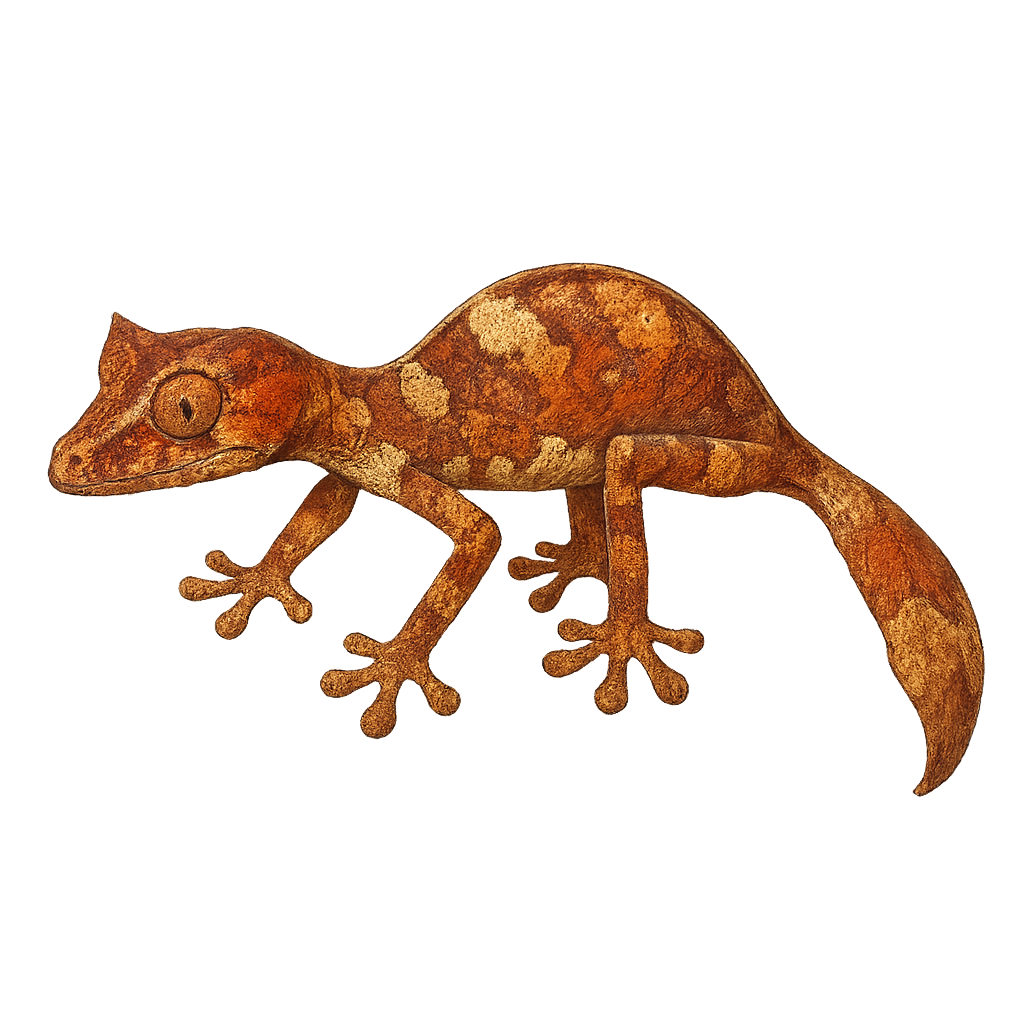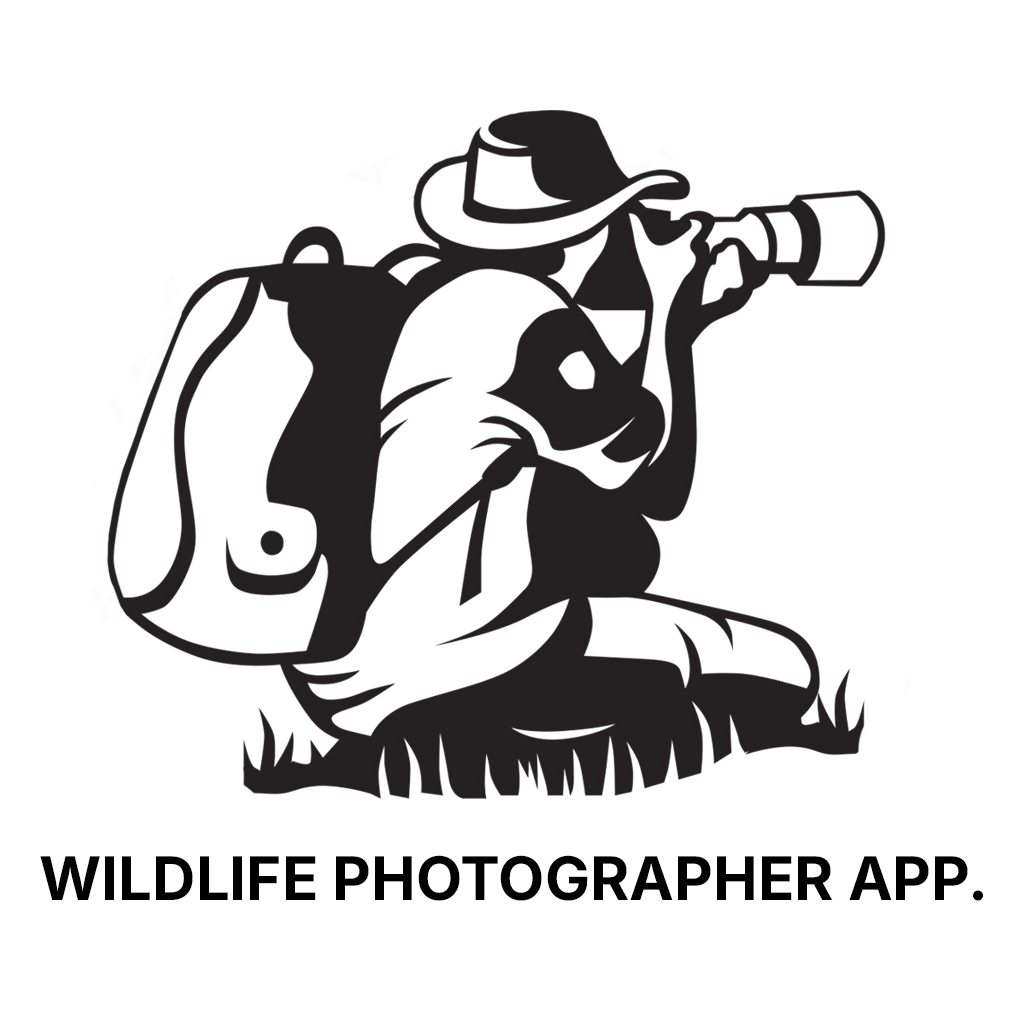Your wildlife photography guide.
Explore the satanic leaf-tailed gecko in detail, study its behavior, prepare your shots.
Where to observe and photograph the satanic leaf-tailed gecko in the wild
Learn where and when to spot the satanic leaf-tailed gecko in the wild, how to identify the species based on distinctive features, and what natural environments it inhabits. The WildlifePhotographer app offers tailored photography tips that reflect the satanic leaf-tailed gecko’s behavior, helping you capture better wildlife images. Explore the full species profile for key information including description, habitat, active periods, and approach techniques.
Satanic Leaf-Tailed Gecko
Scientific name: Uroplatus phantasticus

IUCN Status: Vulnerable
Family: GEKKONIDAE
Group: Reptiles
Sensitivity to human approach: Suspicious
Minimum approach distance: 2 m
Reproduction period: March to April
Incubation: 20–25 jours
Births: March to April
Habitat:
rainforests, humid forests, wooded areas
Activity period :
Mainly active at night, generally discreet during the day.
Identification and description:
The Satanic Leaf-Tailed Gecko, Uroplatus phantasticus, is a master of camouflage native to Madagascar. Its ability to blend into its surroundings is remarkable, thanks to its skin that mimics the appearance of dead leaves. This small reptile, measuring about 10 cm, has a leaf-shaped tail that allows it to effectively hide from predators. Primarily active at night, it feeds on insects and other small invertebrates. Its coloration ranges from brown to gray, with occasional reddish hues, enabling it to blend into leaf litter. Although fascinating, it is vulnerable to deforestation and habitat loss.
Recommended lens:
Macro – adjust based on distance, desired framing (portrait or habitat), and approach conditions.
Photography tips:
To photograph the Satanic Leaf-Tailed Gecko, it's essential to move slowly and remain silent to avoid startling it. Use a macro lens to capture the details of its skin and leaf-shaped tail. Natural light is ideal, but a flashlight with a diffuser can be useful for night shots. Be patient and wait for it to move to get interesting angles. Avoid using strong flashes that might disturb it.
The WildlifePhotographer App is coming soon!
Be the first to explore the best nature spots, track rutting seasons, log your observations, and observe more wildlife.
Already 1 449 wildlife lovers subscribed worldwide

